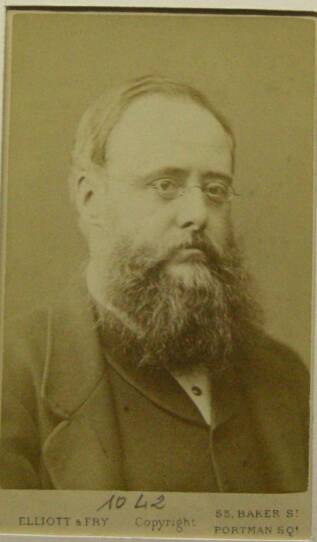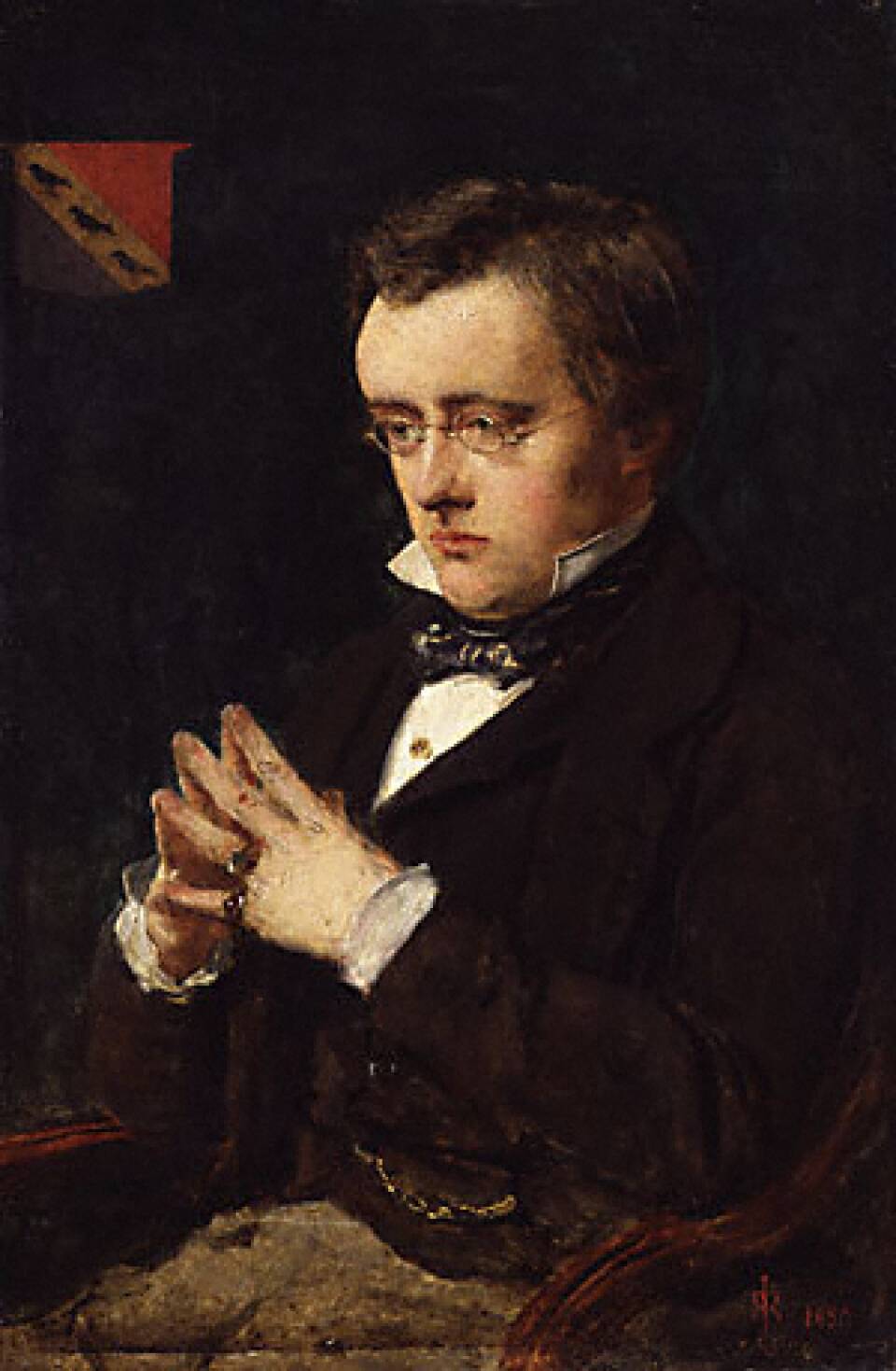For all that we love our detective mysteries — Sherlock, Unforgotten, Modus and so many more — it wasn’t until recently that we started learning more about the history of the detective story. When Ron Bachman, our Senior Director of Programming and host of WGBH's "Best of Broadcast," told us that he was bringing Moonstone to streaming, we were intrigued. After all, The Woman in White has been a longtime favorite of ours, and this was an opportunity to see more work from the same author, Wilkie Collins.
As we dug into the history of Moonstone, we only grew more intrigued. Credited as the pioneering detective novel, it was written in 1868, almost 20 years before Sherlock’s A Study in Scarlet graced bookshelves. Beyond that, Collins himself turned out to be fascinating, both in the manner in which he lived his life — hedonistic! — and his effect on British literature.
Read on to learn more about Wilkie Collins, the fascinating character from the Victorian writing scene:
- Collins was born in London’s Marylebone, and he went on to maintain residence in the neighborhood for the majority of his life.
- His full name is William Wilkie Collins, named after his father, the respected landscape painter William Collins, and his godfather, genre scene painter David Wilkie.
- As a child, Collins attended a Highbury boarding school, where he first discovered his talent for storytelling. Apparently, the school bully was less interested in pocket change than a bedtime story: before he was allowed to sleep each night, Collins was required to weave a tale for the boy.

- Collins went on to study law, though he never intended to become a barrister.
- His first novel, Iolani, was set in ancient Tahiti and involved sorcery and sacrifice. While it’s believed the book was written in 1844, it was rejected by publishers and not released to the public until 1999 — more than 150 years later.
In 1851, Collins met Charles Dickens, and the two became fast friends, with Dickens serving as a mentor to Collins, and Collins an inspiration to the older writer. Collins ghostwrote for Dickens’s magazine, Household Words, and in return his novels were serialized in its pages. The two novelists traveled together often, their trips resulting in collaborations like “The Lazy Tour of Two Idle Apprentices.”
- Beside their work together on Household Words and other collaborations, it’s believed that working with Collins led to Dickens's more suspenseful plots in A Tale of Two Cities (1859) and Great Expectations (1860–61).

- Collins’s first published mystery novel was Hide and Seek (1853). He went on to publish more than 10 more mysteries, as well as fiction, satires, and romances.
- Collins did more than send up Victorian social mores in his written work; he was a hedonist by nature, smoking opium for a variety of ailments, and maintaining two families, while never marrying.
- While Collins’s social beliefs and his concentration on writing about the seamier side of life did not endear him to the critics of his day, he was — and in fact still is — one of the most popular novelists of the Victorian era.








